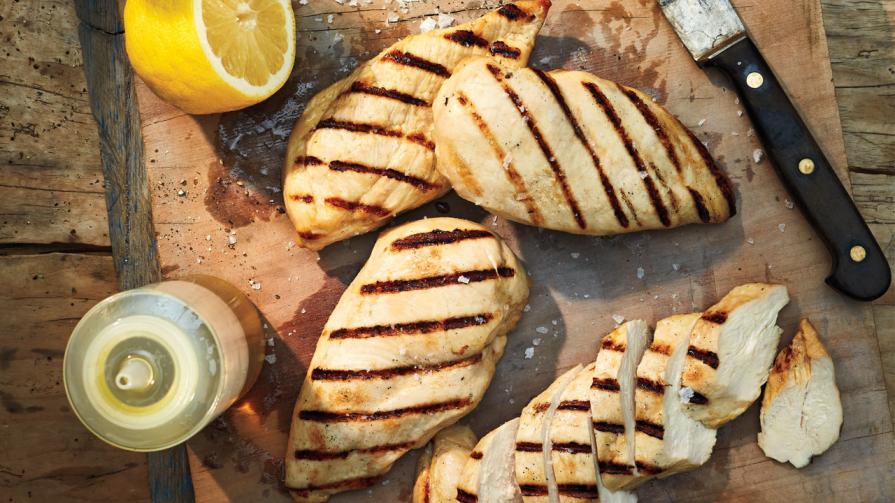Why cheap food is (sometimes) healthier than you think

SOME HEALTH FOODS—LIKE certain organic and gluten-free products—are worth their higher price tags since they pack unique benefits or are made under stringent product guidelines. For example, USDA “Certified Organic” chicken is pricier (but definitely well worth the cost) than your average poultry because it’s ethically raised and antiobitic-free.
But take a protein bar, for example—how does the average person (or even a super fit, health-conscious guy such as yourself) determine which bar will serve them best in terms of general nutritional value?
The answer, it turns out, is price.
Consumers not only believe that healthy foods must be costlier than cheaper options, but also believe that high-priced food is somehow better for them (even when there is no evidence to support that claim), according to a new study published in the Journal of Consumer Research.
“It’s concerning. The findings suggest that price of food alone can impact our perceptions of what is healthy and even what health issues we should be concerned about,” said Rebecca Reczek, co-author of the study and professor of marketing at The Ohio State University’s Fisher College of Business.
In the study researchers analyzed the common belief that consumers must pay more to eat healthy. In order to do this, researchers performed five related studies, with different participants in each. In one of these studies, participants were asked to evaluate a new brand product that would have the slogan—”Healthiest Protein Bar on the Planet.” While some of the participants were told that this new protein bar would be just $0.99, the other group was told it would cost $4. Both groups were given the chance to read reviews of the bar before they gave their own personal review.
The findings showed that participants who were told that the bar cost $0.99 read significantly more than those who were told it would cost $4, as if the participants couldn’t believe that the “healthiest protein bar on the planet” would cost less than the average bar. “They were much more willing to accept that the healthy bar would cost twice as much as average,” said Reczek.
While these findings mean that marketers may be able to charge more for products that aren’t necessarily healthy, there’s a simple solution—become a smarter shopper. “ We can compare nutrition labels and we can do research before we go to the grocery store. We can use facts rather than our intuition,” says Reczek. In the meantime, you can check out our guide on how to eat healthy on a budget and these 7 cheap high-protein foods.




